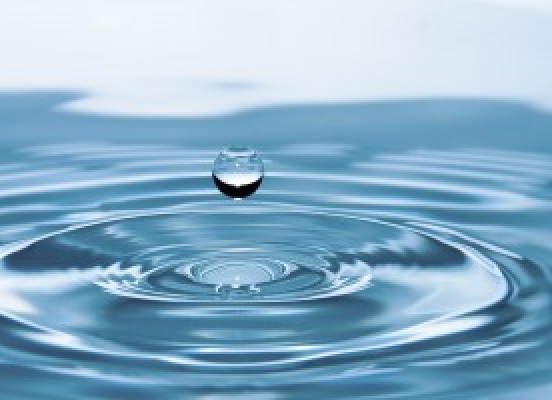Water Pollution In The Textile Industry And Ways To Deal with It
Because of the textile industry, we have clothes on our back, linens and towels in our households, and a source of livelihood for many. While it provides one of the most basic commodity, the textile industry can also have a grave impact on the environment.
Next to agriculture, textile industry is the second polluter of clean water. More so, there are 72 toxic chemicals that can reach water bodies through textile dyeing. These chemicals will not just harm water, but the ecosystem as a whole, making us prone to chemical exposure and its health hazards.
Meanwhile, the production of cotton is responsible for 2.6% of annual global water usage, and its production is dependent on pesticides, herbicides, and fertilizers. More so, 25% of worldwide insecticide use and 10% of global pesticide consumption is used for growing cotton. As a result, individuals who are involved in the manufacturing of cotton may be in great risk of being exposed to harmful chemicals. Meanwhile, others may also be at risk for exposure due to pesticide drift.
Evidently, the impact of the textile industry in the earth’s body of water can be tremendous, but the good news is there are ways to minimize its repercussions to the environment. In fact, a few number of big businesses are doing ways to reduce the harmful effects of their operations to the environment.
If you’re in the textile industry and you’re looking for ways to minimize the ecological footprints of your business to the environment, consider the following:
Relying on Organic Sources
Textile made from natural sources such as plants or animals may have lesser impact to the environment. Aside from raw materials, consider using dye products that are developed from plants, minerals, and insects. If natural dyes are not cost-effective for you, go for dyes that are tailored to have a low impact on the environment and don’t have harmful chemicals and heavy metals.
Some dyes that are safe for the environment are natural dyes, biodegradable dyes, azo-free colorants, and fiber reactive dyes.
KeyColour is a manufacturer of eco-friendly industrial dyes. Our products promises good color pay-off without imposing any grave threat to the environment. If you want to know more about our products and services, please give us a call or fill-up a form found on this site.
Using Sustainable Materials for Textile Production
Sustainable resources are materials that can be reproduced in a short period of time and imposes little to no burden to the environment. Examples of sustainable sources are fibers such as hemp, bamboo, organic cotton, alpaca wool, and soy silk. Most of these don’t require the use of insecticides and more receptive of dye products.
Treating Dye Effluent
Treatment of dye effluent is a major challenge, because wastewater can be complex. Not all dye effluents are the same and there is a large variety of substances present in them.
Some of the known methods of treating dye effluents are incineration, biological treatment, and absorption to solid matrices. While each method have disadvantages, it’s comforting to know that research is continually going on to find the most effective treatment to lessen the impact dye effluents on the ecosystem.
Recycling
You can prolong the life of clothes, linens, towels, and fabrics through recycling. Re-dyeing and restructuring can minimize the overall need to produce fabric and textile, which ultimately reduces the industry’s impact on the environment.
As our civilization advances in different industries, taking care of our environment shouldn’t be left on the sidelines. In fact, development and eco-friendly ways of doing business should go hand in hand. If you’re in the textile industry, consider the tips above so that you can progress without having to leave a huge imprint on the environment.
To know more, please check Key Colours.

